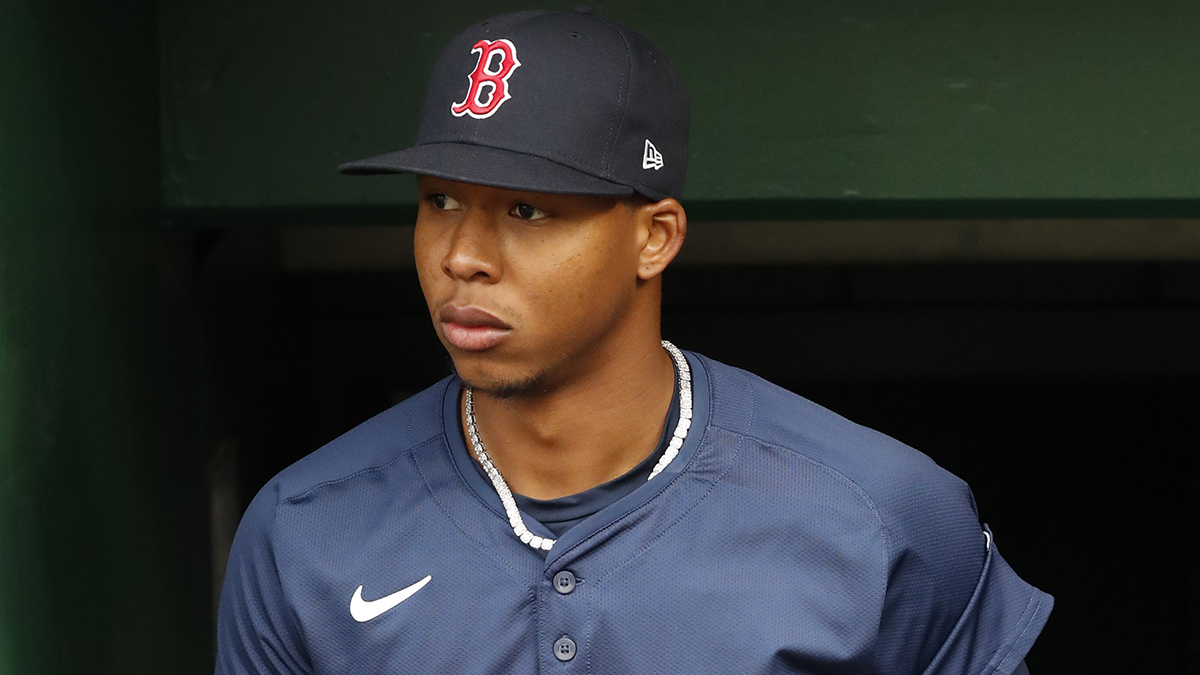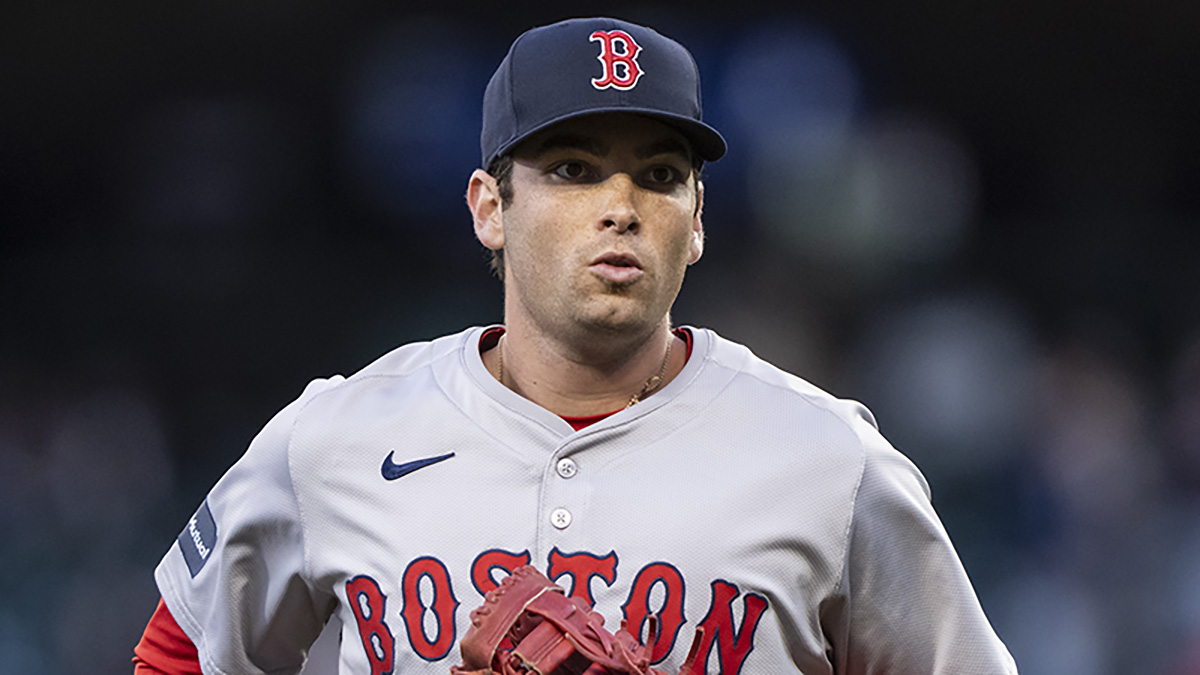They are the three horsemen of a financial apocalypse that is galloping towards the Red Sox on thundering hooves.
We know the team is determined to shed roughly $40 million in payroll from 2018 to drop below $208 million and reset its luxury-tax schedule. To get there will require some unappetizing decisions, like potentially parting ways with both defending MVP Mookie Betts and All-Star slugger J.D. Martinez.
In a perfect world, management would cut from another part of the roster, where price, performance, and reliability are no longer moving in unison. We're talking, of course, about the starting rotation, which is effectively unmovable. We've devoted many GB of cyberspace to the damage the top three pitchers can potentially inflict to both the long- and short-term health of the franchise, but a deeper dive into the numbers suggests the situation is even worse than we thought.
In David Price, Chris Sale, and Nathan Eovaldi, the Red Sox have committed $252 million to the three biggest question marks on their roster. The trio will count for $79 million in each of the next three seasons, including $32 million for Price and $30 million annually for Sale. That led Martinez, after the season finale, to note that Betts was probably a goner because, "you can't pay three guys $30 million."
In a perfect world, the Red Sox would move a starter to free up money for one of their sluggers. But good luck finding takers for any of the above, given the health concerns associated with each.
The Red Sox have already announced they're taking it slow with Sale, who visited Dr. James Andrews in Florida after an August elbow scare. His five-year, $145 million extension begins in 2020, and it wouldn't be shocking if he ends up needing surgery. There's little incentive for the Red Sox to trade him with his value so low or another club to acquire him with his health such an unknown.
Boston Red Sox
Price, with three years and $96 million remaining, has already gone under the knife to remove a cyst from his wrist. He's also lugging off-field issues, thanks to his blowup at Hall of Fame broadcaster Dennis Eckersley, which has damaged his reputation. Any team acquiring him would have to be willing to take on not only some portion of his considerable salary, but also his questionable health and negative attitude. He remains talented, but that's a lot of baggage.
Then there's Eovaldi. The right-hander parlayed a magical two weeks last postseason into a four-year, $68 million contract. He then promptly went under the knife in April to remove loose bodies from his elbow, finishing the season as a glorified opener. October of 2018 sure feels more like the exception than the rule with him.
If all three are healthy and return to form next season, the Red Sox could win the World Series. The more likely path, given their respective ages, workloads, and injury histories, is far less appealing. And those factors are unlikely to improve with the passage of time.
So just how hamstrung are the Red Sox by their rotation? With the luxury tax threshold set to rise to $210 million in 2021 before the collective bargaining agreement expires, they know they'll be devoting 38 percent of their payroll to those three pitchers in 2020 and 37.5 percent in 2021.
Only one other team will pay its pitchers more both next year and beyond, and they're in the World Series. In Max Scherzer ($42.1 million), Stephen Strasburg ($25 million), Patrick Corbin ($19.41 million), and Anibal Sanchez ($7 million), the Nats have devoted $93.5 million to their 2020 rotation, and a staggering $318 million to their top three pitchers moving forward, a number that will jump to $336 million of they exercise Sanchez's $18 million option in 2021.
The difference between the Red Sox starters and Washington starters is that the former broke down after a long World Series run, while the latter remain atop their games, although we'll find out next year if a similar fate awaits them. Washington's Big Four went 54-28 while posting ERAs between 2.92 and 3.85 and combining for nearly 750 innings.
The only other team with a situation even remotely comparable to Boston's is the Cubs, who owe their five starters $78.5 million next year (including Jose Quintana's $11.5 million option) and $182 million moving forward (that number can jump by $25 million if they exercise Jon Lester's 2021 option).
Giving the oft-injured Yu Darvish $126 million on a six-year deal that runs through 2023 looks like a mistake, but the rest of Chicago's commitments are manageable, since the only other pitcher signed beyond next year is Kyle Hendricks, who inked a four-year, $55.5 million extension before last season.
Otherwise, just one other team has more than $100 million committed to its starters, and that's the Astros, who will likely lose co-ace Gerrit Cole in free agency, but still owe two more seasons and $136 million to veterans Justin Verlander and Zack Greinke.
Everywhere else, the best big-market teams in the game have minimized their risk when it comes to long-term pitching contracts. The Yankees will pay Masahiro Tanaka, J.A. Happ, and Luis Severino $50.5 million next year, with only Severino remaining on the books thereafter for the final two seasons of his four-year, $40 million extension.
The Dodgers have committed only $34 million to 2020, and the bulk of it belongs to former Cy Young winner Clayton Kershaw, who will make $31 million in both 2020 and 2021 as part of a three-year, $93 million extension. Kershaw and Kenta Maeda are the only two Dodgers starters making guaranteed money, and they're only owed $74.5 million moving forward.
Everywhere you look, baseball's most nimble organizations have left themselves with financial flexibility in the rotation. But not the Red Sox. They're locked in to the Three Horseman, and the apocalypse feels inevitable.
Click here to download the new MyTeams App by NBC Sports! Receive comprehensive coverage of your teams and stream the Celtics easily on your device.


